What are Pollinators? Types, Importance, & Facts
-
Pete Ortiz
- Last updated:

For every fruit, cereal, and grain that you eat, pollination has to have taken place. It’s one of the most essential biological processes in the plant kingdom and takes place in almost all plant species. So, what is pollination, and how does it occur?
Pollination occurs when pollen is moved from flower to flower or from one part of the flower to the other. The agents that allow pollination to occur are referred to as pollinators or vectors. In this article, we’ll talk about types of pollination, vectors, importance, and all there is to know about this vital process.
What Is Pollination?
Most flowering plants reproduce sexually through pollination and seed formation. Reproduction happens when the male and female gametes meet, and fertilization occurs.
Pollination, on the other hand, is the act of transferring pollen grains found on the male part (anther) to the female part, which is the stigma. Once pollination occurs, the stigma germinates, and a pollen tube forms and grows down on the plant’s ovule.
Pollination is typically a very unintentional process on the animal’s part. It happens when a pollinator brushes against a flower as it moves and pollen attaches to its body. It can also happen when the animal, bees, for example, collect pollen or nectar for nutritional value, and the pollen attaches itself to the body. When the animal moves to another flower, they carry the pollen on them and deposit it on the stigma of another flower.
The process, when successful, enables the plant to create offspring for the next generation by developing seeds. These seeds contain the plants’ biological information needed to produce the next generation. Flowers are simply the tools used by the flowers to produce the seeds, and if pollination does not occur and seeds are not produced, the plant doesn’t bear any fruits or offspring.
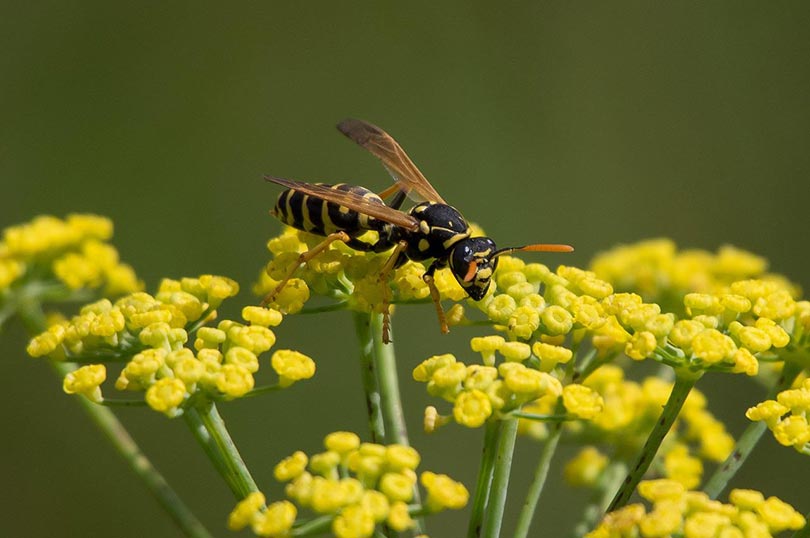
How Does Pollen Move From One Part to Another?
Pollen grains are immobile and cannot move on their own. Flowers rely on wind, water, birds, and bees to move pollen from one flower to another and from the anther to the stigma of the same flower. These agents are known as vectors and are a crucial part of the process. Animals that transfer pollen from plant to plant, on the other hand, are referred to as pollinators.
The 6 Pollinators Include
1. Bees
In the United States, pollination by native bees, honey bees, and other insects produces roughly $40 billion worth of produce. Bees are attracted to flowers by pollen and nectar, a sweet, sugary substance produced by plants. They need nectar for energy and pollen for nutrients and protein needed by young larvae.
A bee’s abdomen has fur that traps the pollen, enabling it to be carried from one flower to the next. Since bees are not picky and visit many flowers, they can pollinate many plants quickly. However, they tend to favor flowers they can walk on to sip nectar.
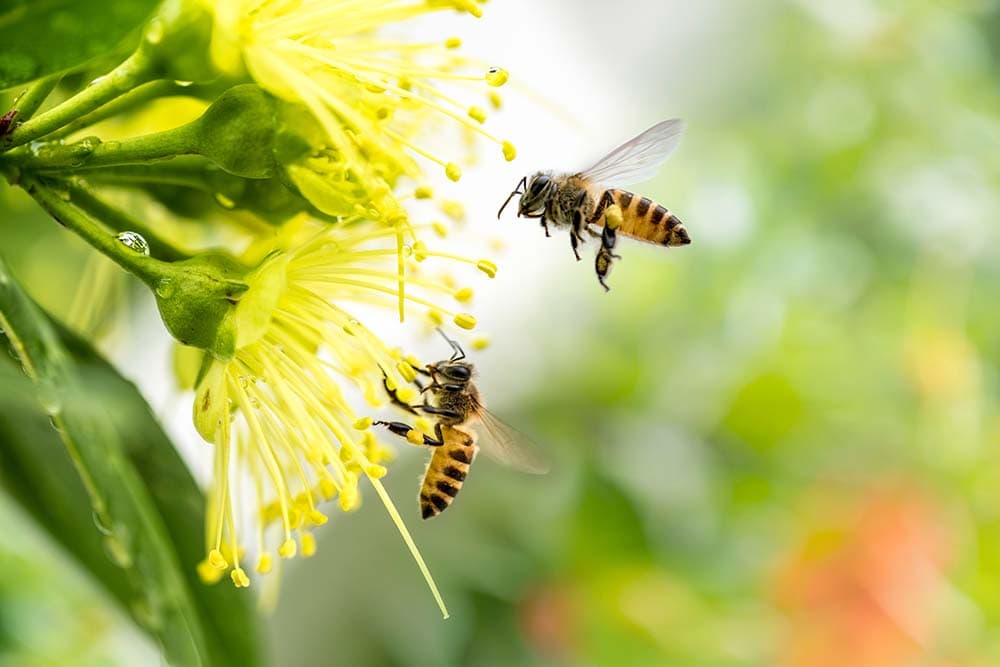
2. Butterflies
Butterflies usually visit flowers in search of pollen. They mostly visit flowers with wide petals that allow them to settle on the petals as they feed on the pollen and suck on the nectar with their long tongue. Pollen gets trapped on their hairy wings or legs. Butterflies are mostly attracted to salvia flowers and sunflowers.
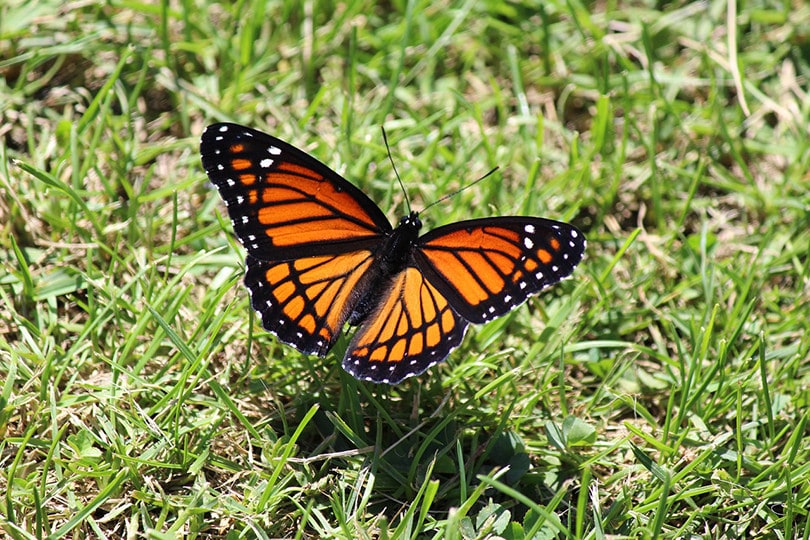
3. Moths
Moths are nocturnal and mostly active at night. They are the main pollinators for night-blooming flowers and are attracted to them by their sweet scent and colorful, creamy blossoms that reflect the moonlight. Like butterflies, the pollen gets trapped in their wings and leg hairs.
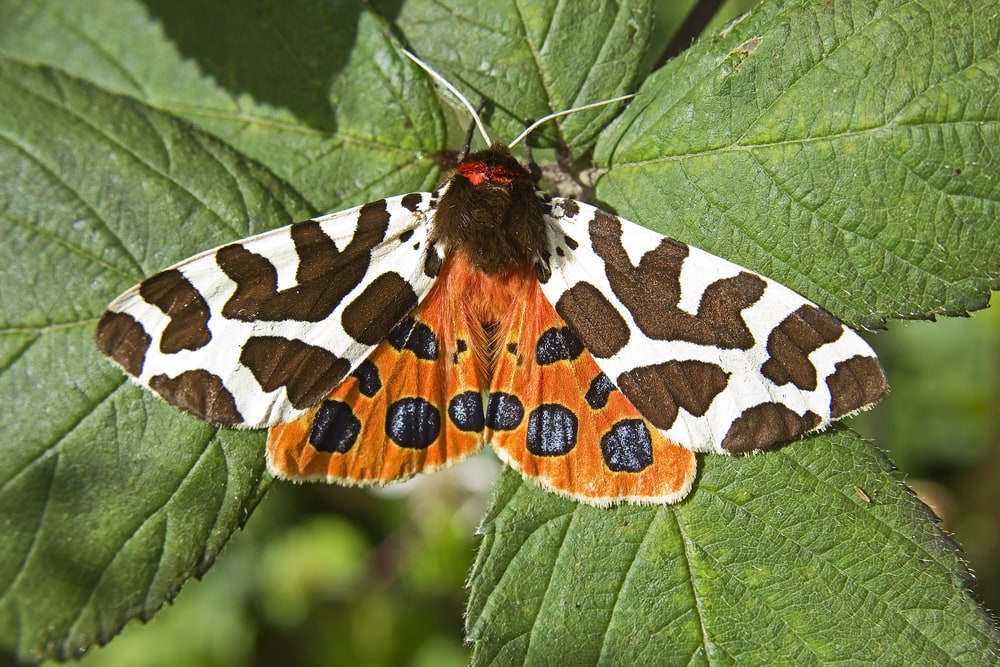
4. Hummingbirds
Hummingbirds have a long, thin bill and tongue that enables them to suck nectar from a flower’s nectary. Since they visit many flowers, they spread pollen from one flower to the next. They mostly feed on nectar from honeysuckle and beebalm.

5. Beetles
Beetles, although less elegant compared to other pollinators, are quite significant in pollination, especially in plants without nectar. They move through the delicate flower petals, searching for food and mates, and collect pollen along the way. Beetles mainly visit magnolia and plants with flowers close to the ground.

6. Wind
Wind as a pollinator is most effective when there are many plants of the same species in one area. Therefore, it mainly pollinates grains, nuts, trees, and grasses. Flowers that rely on wind as an agent of pollination are very distinct from those that animals pollinate.

The 3 Types of Pollination
There are two main types of pollination: cross-pollination and self-pollination.
Cross-pollination occurs when pollen from the anther of one plant gets on the stigma of another, and fertilization takes place. For fertilization to be successful, it has to occur between plants of the same species.
Self-pollination, on the other hand, occurs when pollen from the anther gets on the stigma of the same plant. Depending on the type of pollination, there are three types to classify it.
1. Autogamy
Autogamy is a type of self-pollination where the transfer of pollen takes place from the anther to the stigma of the same place. For autogamy to occur, there has to be coordination between the maturation and exposure of the anther and stigma.
- Position of the anther and stigma. They should b close enough for pollination to take place.
- Anther-stigma synchronization; the stigma should be ready to receive the pollen once the anther releases it.
2. Geitonogamy
Geitonogamy is the self-pollination type where pollination occurs between different flowers but on the same plant. Although it seems like cross-pollination and is aided by pollinators, both the gametes involved originate from the same plant and have similar genes.
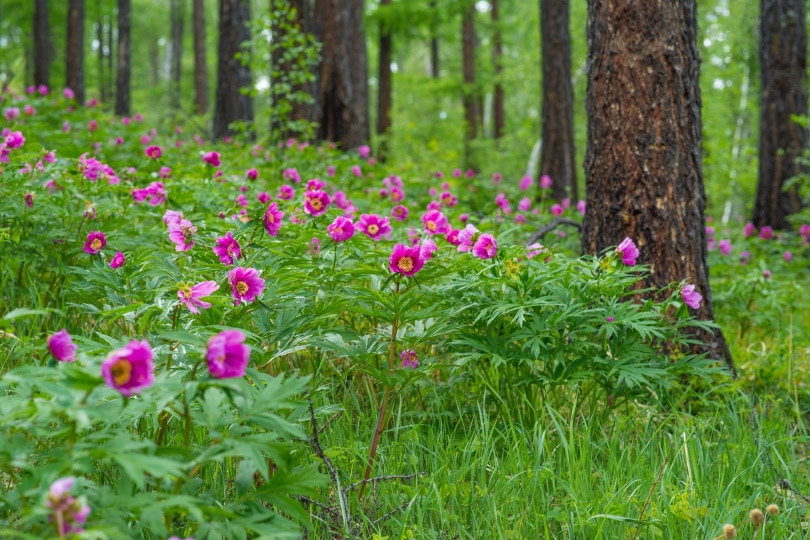
3. Xenogamy
It is the cross-pollination whereby pollen grain transfer occurs across flowers of two different plants. In other words, this is the transfer of pollen from the anther of one plant to the stigma of another plant.
Xenogamy is important because it leads to a new variety of plants due to cross-fertilization. Flowers and plants have adapted over time to allow this pollination and depend on certain biotic and abiotic agents.
Steps of Pollination
Pollination by animals takes place in a couple of steps.
- A pollinator is attracted to the flower either for nectar or pollen.
- While gathering nectar or pollen from the flower, it brushes on the pollen.
- Some pollen grain from the anther sticks to the bee’s hairy body
- The bee moves from another flower to the same or another plant.
- While the bee gathers nectar/pollen from another plant, pollen from the first flower gets on the stigma of the second flower.
- After pollen lands on the stigma, a pollen tube grows to the ovule, and fertilization occurs.
- The fertilized ovule either grows into a seed or a fruit.
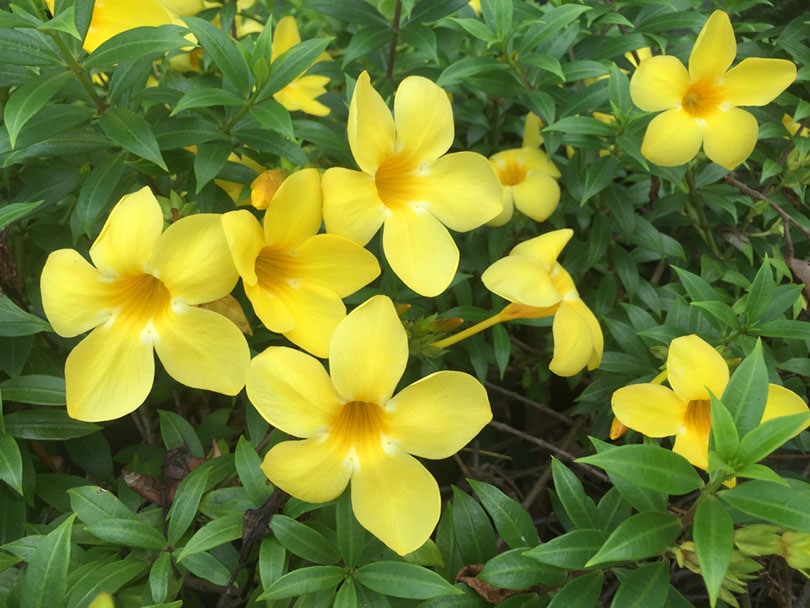
Importance of Pollination
Pollination is perhaps the most important ecological function. Without it, most plant species would cease to exist, and consequently, most of the animals and human life would also disappear.
Almost 80% of all the plants in the world require pollination by animals for fertilization to occur. Visits from birds, bees, butterflies, and other animals increase crop and fruit yield. Some other benefits of pollination include:
1. Carbon Cycling
Flowering plants play a big role in carbon sequestration and providing clean air. They produce breathable oxygen and utilize CO2 produced by animals and other plants during respiration.
Due to logging and decreasing plant cover, the levels of carbon dioxide in the atmosphere have increased rapidly in the last century.
Pollination is the key to the reproduction of most plants, and without it happening, the plant population would seize to exist. There would be too much CO2 and less oxygen for animals and humans to survive.

2. Water and Soils
Flowering plants help purify the water and hold the soil by their roots, thus preventing erosion. They also reduce the impact of the rain as it falls on the soil. These plants depend on pollination to reproduce. Without it, most tree forests and trees would cease to exist, and there would be massive erosion and drought.
3. Agriculture
Approximately 1,000 plants grown for food, beverages, and fiber need to be pollinated to yield produces. Therefore, pollination is vital when it comes to making sure that the human race is well fed. It results in the growth of fruits, grain, and nuts when successful, which are major food sources.
Without pollination happening, there would be food scarcity in the world. That is why protecting our pollinators, such as bees and butterflies, is vital and ensuring they thrive in ecological places. Without them, production yield would rapidly decline, and we’d lose most of the plants that provide us with food.

4. Medicine
Almost all medicine is derived from plants. Since the beginning of time, humans have depended on plants to help cure diseases. Some cultures, to date, still use parts of the plants directly for medicine.
Many native people depend on plants for fiber, dyes, and oils. They also use certain plants in ceremonial and spiritual rituals. Without pollination, these plants would cease to exist.
Establishing a Healthy Pollinator Ecosystem
Over the past decade, the population of pollinators has been decreasing rapidly. It’s crucial to ensure that the remaining pollinators are protected and given a chance to repopulate.
- Leaving water out for pollinators in a shallow dish, bowl, or birdbath with half-submerged stones to act as perches.
- Avoid using harmful pesticides on crops.
- Plant pollinator-friendly plants; those with nectar and pollen to attract pollinators.
- When planting trees and plants, choose those that flower at different times of the year to provide pollen and nectar throughout the growing season.
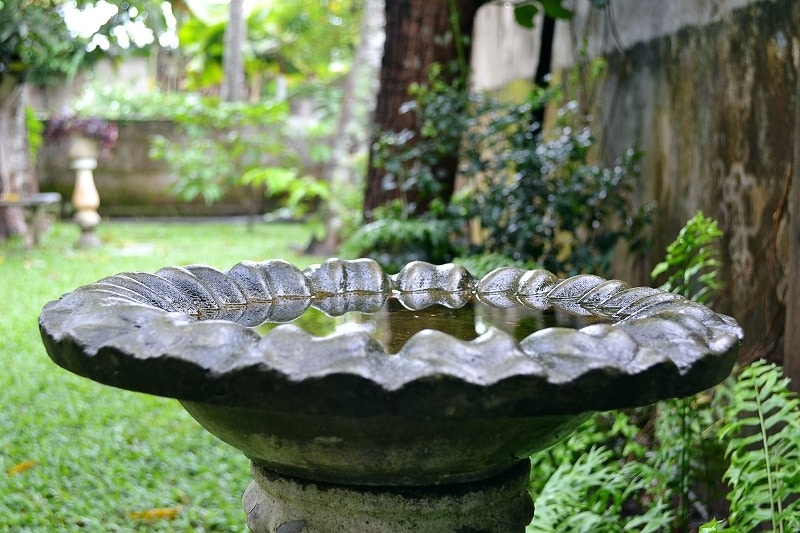
Frequently Asked Questions
What Attracts Pollinators to a Plant?
Flowered plants pollinated by animals have evolved to attract them by developing bright-colored petals, nectar, sweet scent, and pollen. The term for this phenomenon is “coevolution” and is applied to the long-standing relationship between flowering plants and pollinators.
Sometimes the pollinator fits the flower like a glove due to this phenomenon. For example, a hummingbird’s beak fits in the honeysuckle flower perfectly. However, some pollinators, such as bees, are generalists and will visit and pollinate many plants.
Are Seeds the Only Way for Plants to Reproduce?
Flowering plants only reproduce by producing seeds after fertilization. Asexual plants, on the other hand, reproduce by asexual vegetative reproduction.
The offspring produced has the same genes as the parent plant. These plants have a long stem called a stolon that grows sideways above the soil, and the new plant grows along it.
Other non-flowering plants develop underground stems called rhizomes which form a new plant away from the parent plant. Tubers and bulbs are great examples of special underground structures that develop into new plants.
- Related Read: Can a Pear Tree Pollinate An Apple Tree?

Why Is Diversity in Pollinators Vital?
Different plants have different requirements for pollination, and having a high diversity in pollinators ensures that that demand is met. A large pollinator population in an area indicates the overall health of an ecosystem. The pollinators also vary when it comes to environmental adaptation.
Species richness ensures that there is stable pollination in the ecosystem. The diversity also ensures that the plants will be pollinated even when one pollinator fails to perform, which would be disastrous in an environment with only one pollinator.
Why Is There a Decline in the Number of Pollinators in the Ecosystem?
Current scientific research shows that the number of pollinators in the ecosystem has been declining rapidly. There is no single driver for this decline. It can be attributed to several factors such as landscape-use change, pesticide use in agriculture, environmental pollution, invasive species, pathogens, and climate change. These factors combine and result in a synergetic effect that exerts too much pressure on pollinators.
What Are Pollen Grains?
Pollen grains are granular microspores produced within the flower’s anther. They are the male gametophytes and fertilize the female gametes found in the ovule on the stigma.

Final Thoughts
Around one-third of all agriculture depends on pollinators. They play a significant role, especially in the growth of fruits and vegetables and the production of most food crops. Ultimately, insects and other pollinators are also crucial in maintaining ecological balance.
Human activities such as logging and urbanization have greatly reduced long-established pollinator habitats in the world, therefore, threatening biodiversity. Other factors that have also contributed to this decline include; diseases and invasive species.
- https://www.pollinator.org/pollination
- https://gardens.si.edu/gardens/pollinator-garden/why-what-when-where-who-how-pollination/
- https://byjus.com/neet/neet-2022-answer-key/?utm_source=byjus.com&utm_medium=biology-topbanner&utm_campaign=neet_2022_answer_key
- https://sfenvironment.org/article/pollinators-frequently-asked-questions-faqs
- https://www.sciencelearn.org.nz/resources/82-flowering-plant-life-cycles
Featured Image Credit: Jack Hong, Shutterstock
Contents



